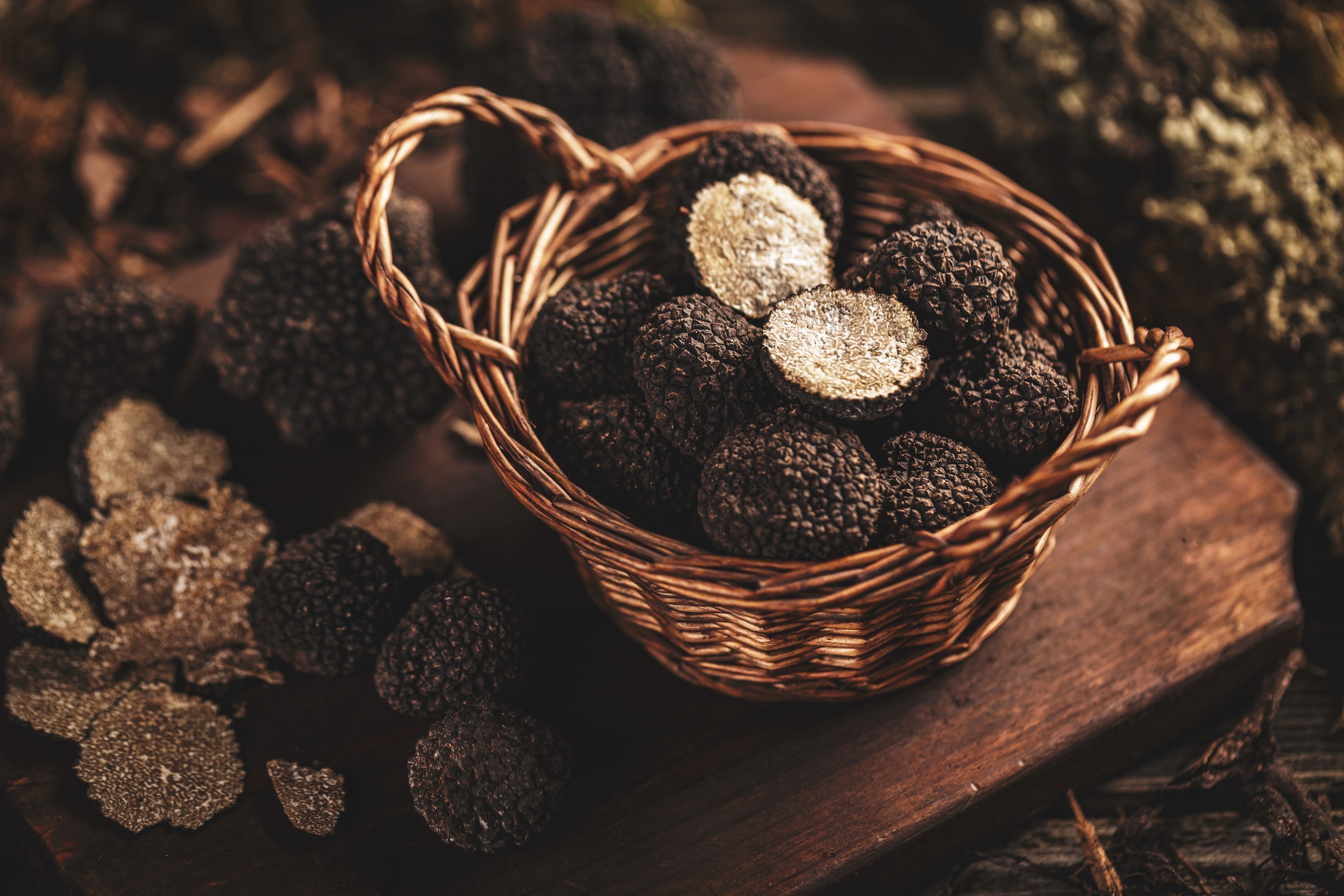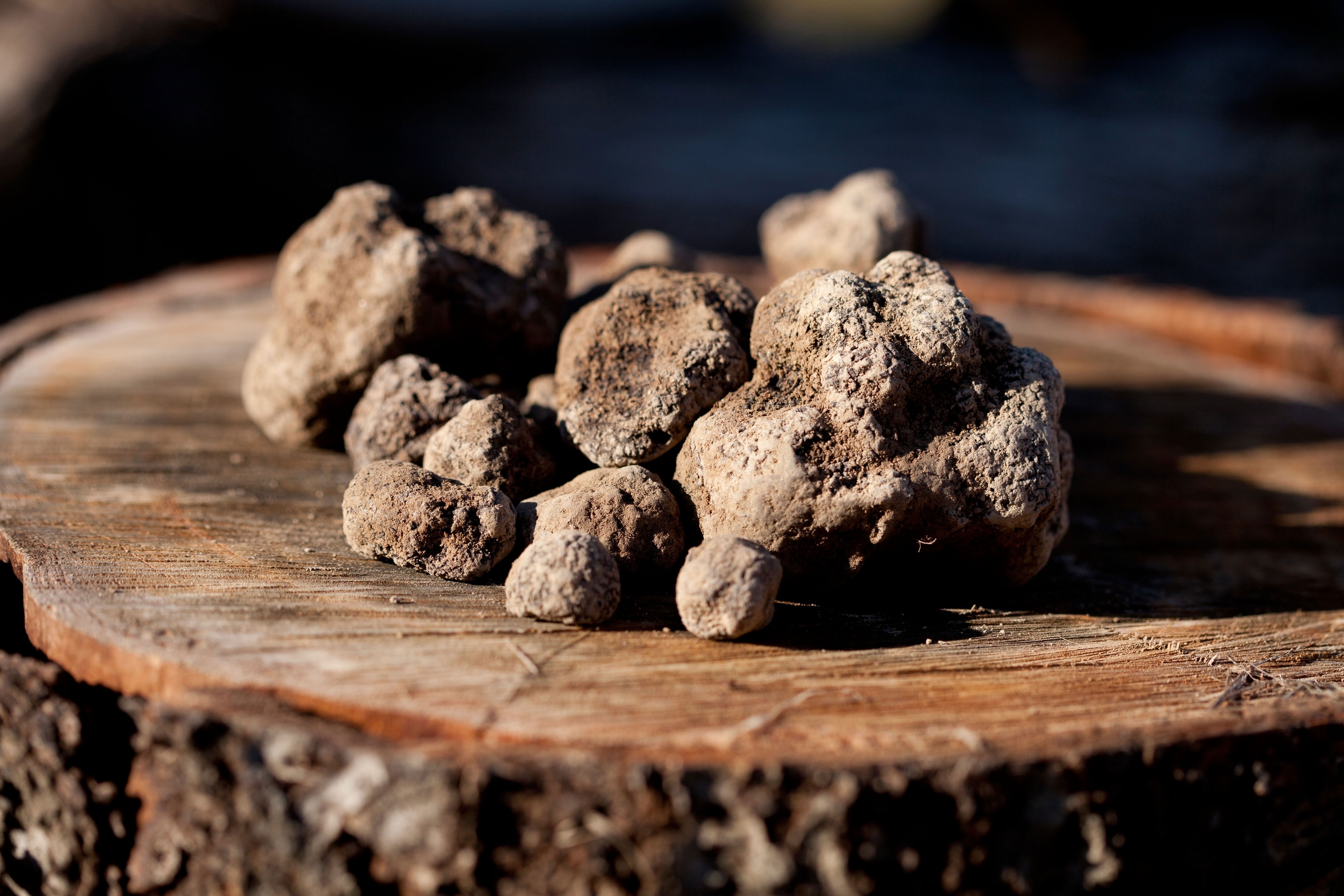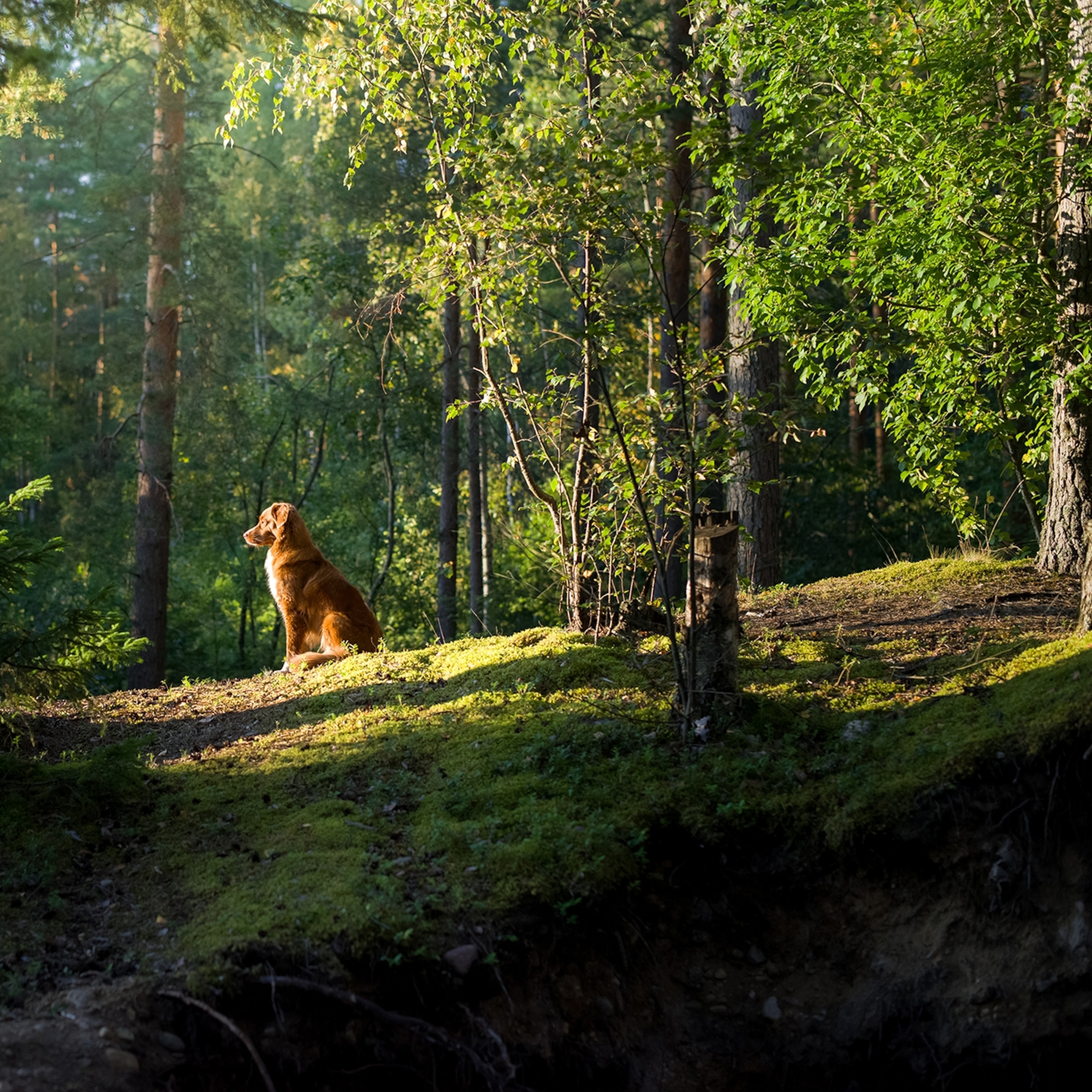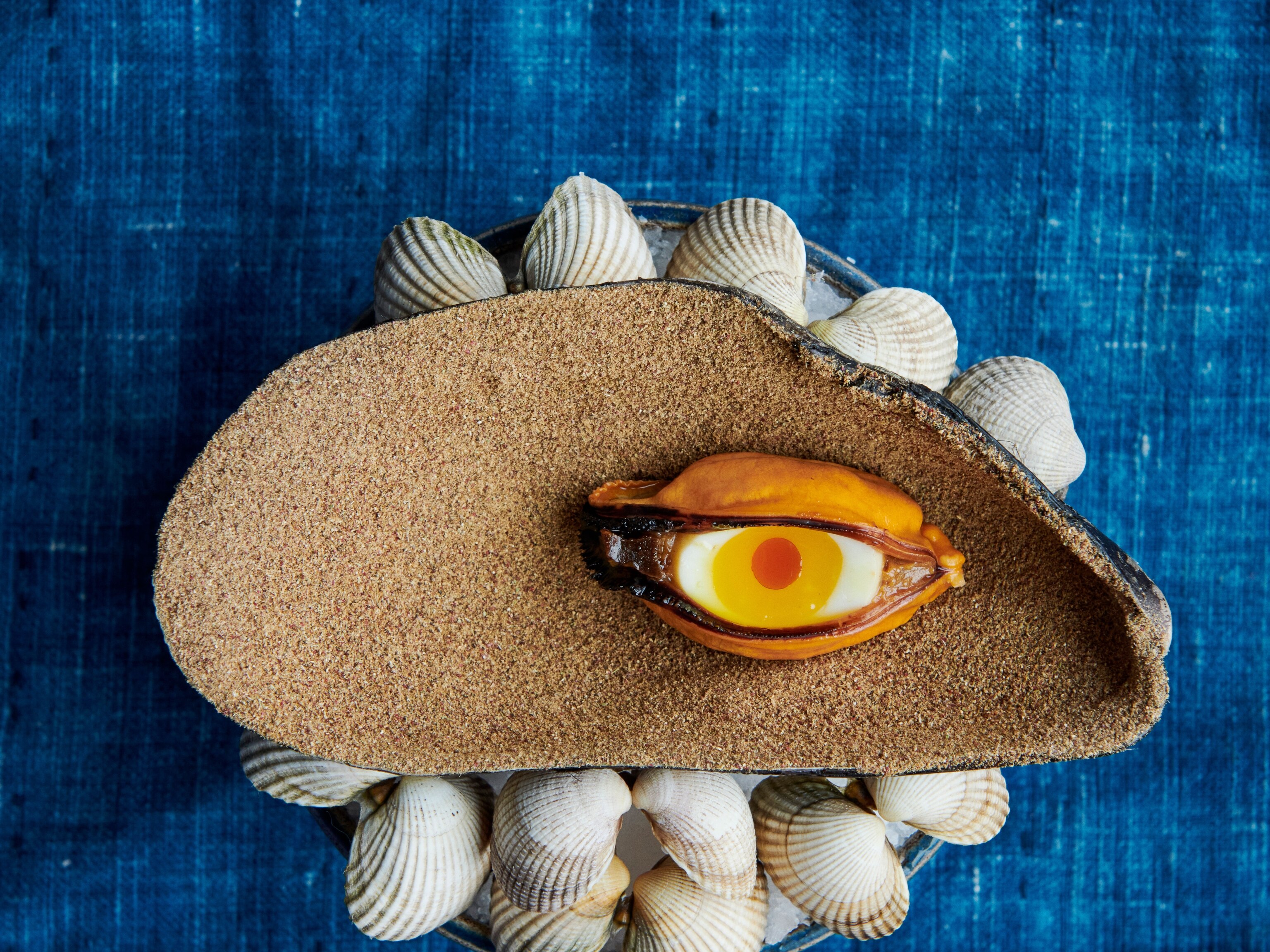
This is how dogs learn to hunt for truffles
One autumn morning in a secret part of Hampshire, two women, one man and one dog go in search of a local delicacy. But who’s teaching who?
“He’s watching us,” Melissa hisses. “Don’t look!” All morning it’s been like this; Melissa, head on a swivel, commanding us to act normally at the first sign of anyone approaching. No one is beyond suspicion; an elderly couple walking their dog, a family enjoying a woodland stroll… Surely not, I think. But Melissa’s paranoia is infectious. I’m soon starting to think like her — are they onto us? Do they know what we’re up to? I’m developing the mindset of the professional truffle hunter.
Melissa’s secrecy is understandable. The black truffles growing in this beech wood in the South Downs sell for around £650 a kilo. So, our exact location, along with tips on how to find its buried fungal treasure, are secrets she reveals only to her clients. People like me, with a keen interest in wild mushrooms and foraging, and others like Cresta, who’s turned up with her cocker spaniel Henry, to give the dog its first truffle-hunting lesson.
Melissa’s stealthy approach is beset by some obvious problems. Her own two spaniels, already excitedly getting to know Henry, are soon frenziedly responding to Melissa’s constant vocal encouragement of ‘truffle, truffle, truffle!’, the bells on their collars jingling loudly as they pinpoint one promising scent after another. Each time, Melissa drops to her knees in a flash to scrape away the topsoil with her trowel and press her nose into the hole to verify it’s a truffle. With Cresta doing the same to familiarise herself with the scent, our search party is anything but discreet. We may as well be walking around holding a huge sign saying, ‘Hunting for truffles’.
Melissa soon has a handful to show for her dogs’ efforts; warty, blackberry-sized black nuggets with insides like marbled white and milk chocolate. The aroma startles me. Knowing that the uber-expensive white truffle is famed for its complex, musky aroma and renowned as the ultimate aphrodisiac, I’m expecting my nostrils to be overwhelmed by something exotic. Instead, my first sniff of black truffle instantly transports me back to the boiled beetroot I’d be served at lunch with my grandparents. Melissa assures me, however, that it’s delicious shaved over spaghetti or grated into scrambled eggs.
She also tells me that most dogs can be trained to find this buried fungal treasure, providing they’ve got “the right attitude and a willingness to please”. Nodding at Henry, she tells Cresta, “You’ve got to focus on him, you’ve got to be quicker than him.”

What that means is spotting the dog is onto a scent before it’s dug up and wolfed down the valuable black gold. Unfortunately for Cresta, Henry’s ’tells’ — a slightly raised paw or a fleeting glance up at Cresta — are so subtle, they’re lost in the frenzy of lead-tangling mutual sniffing currently taking place. Matters are complicated by the sheer amount of truffles around. “Every tree you see around us will have a truffle growing with it,” says Melissa. And despite being an inch or two below ground, they’re certainly not hiding. “I’m here, they’re saying. Find me. Eat me,” she mimics, throwing her arms in the air.
Spread via dung, the colony of truffles in this wood is sharing water, nutrients and sugars with the beech trees. An enzyme released by the truffle stops other mushrooms and vegetation from muscling in. By leading Cresta and Henry to the resulting bald patches, or brûlées, on the forest floor, Melissa is giving the pair the best possible chance to find truffles.
Sadly, despite months of Zoom lessons with Melissa locating truffle oil-scented cotton wool in upturned plant pots, the real thing is proving frustratingly elusive for Henry.
“You need to get a rhythm going with confident messages to the dog,” Melissa tells Cresta, as she gets Henry acquainted with the truffle aroma by leading him to some of Melissa’s reburied finds. But the teamwork isn’t there yet: Cresta pulls her dog away from a scent too soon, doesn’t spot him flashing the all-important look at her, and is then too early with the ‘good boys’ and the doggy treats when he does locate a scent, weakening the link between find and reward.
But when all three dogs finally calm down, Henry seems more focused and Cresta is reading his tells better. When Henry indicates with a paw, it’s so subtle I can’t even spot it when I replay it back on my phone, but Cresta is on it like a flash, pushing her face into the freshly dug soil while holding Henry back with an outstretched arm. Am I watching a human train a dog or a dog train a human, I wonder? Maybe both. Maybe the truffle has them both under its spell? Either way, Henry is left in no doubt that he’s a good boy both by Melissa and by Cresta, who now has a muddy, wet nose, and is grinning proudly as she holds aloft her prize: Henry’s first solo find — a knobbly, black nugget. “When I get it home, I’m putting it in formaldehyde,” she jokes.
£130 per person for a truffle hunt and £85 a head for a mushroom hunt. An introduction to truffle training course costs an initial £300, plus £80 an hour to train a dog, with a minimum of four hours.







